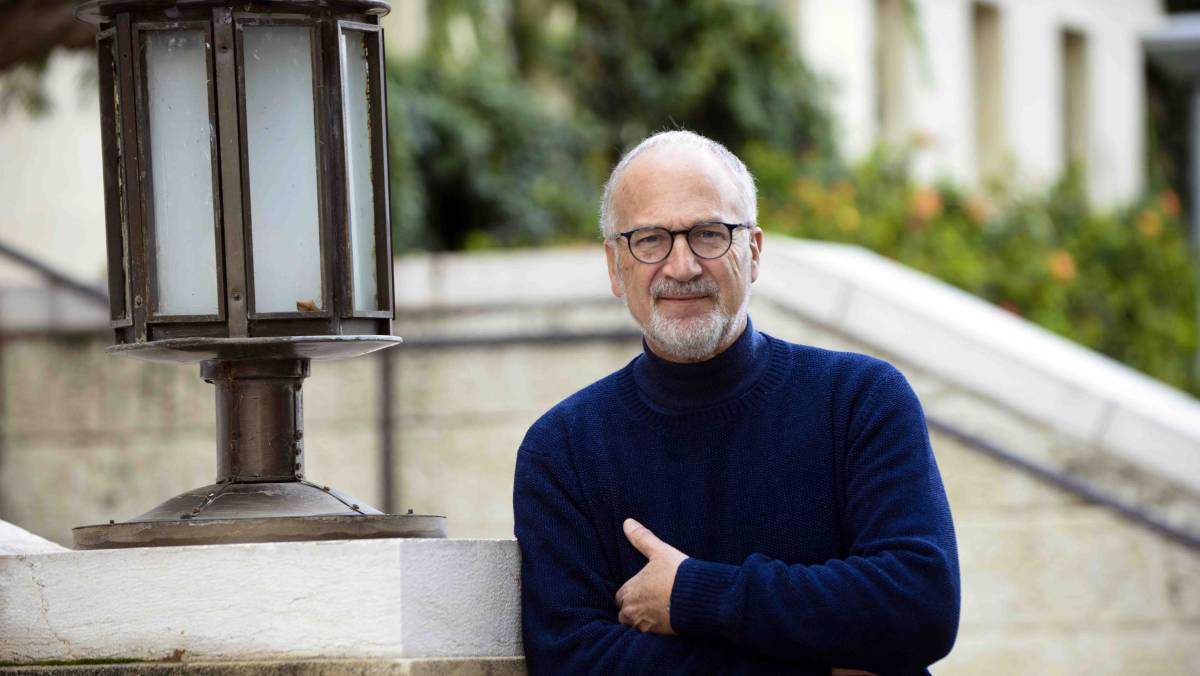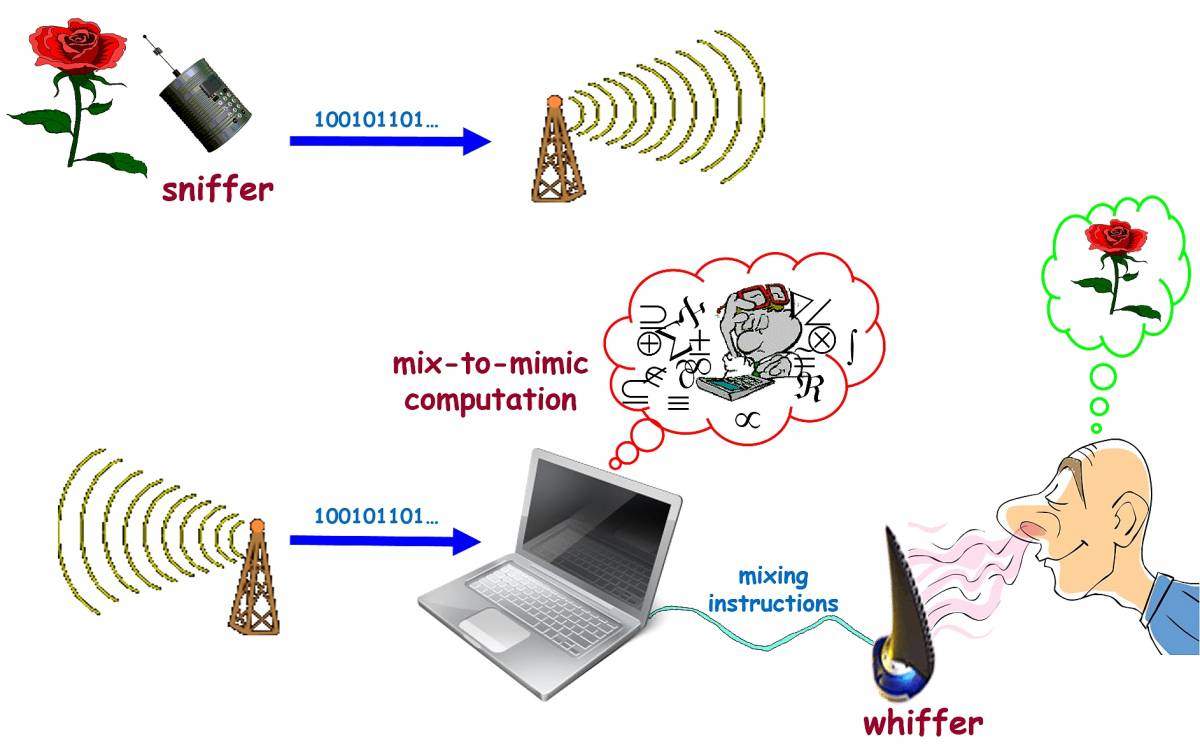Are you a journalist? Please sign up here for our press releases
Subscribe to our monthly newsletter:

Say someone claims to have developed a system to “capture” any odor in the form of a digital code – one that could be transmitted online or uploaded to the Internet and faithfully reproduced at the receiving end. How could we be sure that the system is valid? in other words: How can we know that for any possible odor someone has captured digitally and transmitted, the smell we receive is indeed a recognizable, fair rendition of the original?
Prof. David Harel of the Weizmann Institute of Science’s Computer Science and Applied Mathematics Department explains that, as opposed to video and audio, an odor reproduction system is still far from viable, although some of the components already exist. “We still don’t understand the process by which the numerous combinations of odorants in our environment are identified and sensed as a particular smell in our brains -- after they enter our noses, attach to the several hundred kinds of odor receptors there and are transferred to the brain as signals,” he says. But he and his colleagues had, already 15 years ago, laid out the basic principles of such a digital smell system. This system would need a “sniffer” – a sort of artificial nose – to take “snapshots” of the odorous substances in the air. It would also need a “whiffer” that, something like a color printer, would be able to mix a fixed set of around 50 chemical odorants in precisely given proportions – something in the way a printer mixes a small number of inks – and release measured amounts of the resulting odor into the air accurately, in a controlled manner.
How can we know that for any possible odor someone has captured digitally and transmitted, the smell we receive is indeed a recognizable, fair rendition of the original?
Harel believes that such systems will eventually exist, pointing out that research is continually improving our understanding of how smell is “encoded” and how we perceive it. Although reasonably good sniffers and whiffers already exist, the tantalizing scientific challenge is to work out the algorithm for connecting the sniffer’s reading into the whiffer’s emission; that is, a method is needed for translating any given odor into precise instructions for the whiffer to follow. The output mixtures would have to be experienced by humans in the way that photos are today – as reproductions that our sense recognizes as faithfully capturing the original.
Despite the fact that this challenge appears to be extremely difficult, Harel recently devised a test that could be used to assess the validity of such a system, if and when one is proposed. One of his inspirations was the Turing test proposed by the British father of computer science, Alan Turing, to test claims of human-like intelligence in a machine. A tester sits in one room and holds conversations with entities in two other rooms – one a human and the other the candidate computer. Through questions, chitchat and serious discourse, the tester tries to identify which is which; if repeated tests cannot distinguish the computer from the human, it is said to possess artificial intelligence. “The problem with using such a test for artificial olfaction,” says Harel, “is that such blind comparisons are detached from the element of human recognizability; and there is no adequate language to describe smells in general, meaning verbal discussions would not work either.”

Harel devised a “lineup” test whose key feature is the immersion of odors with their natural audio-visual references, thus eliminating the need for verbal description. A team of neutral testers is given several short video clips – for example, of a bakery, a zoo, a dusty attic, a flowering meadow, etc. – and is asked to match an odor emitted by the sniffer with its correct clip. The clips are prepared by a team of challengers, whose role is to try to disprove the claim that the proposed system is valid.
To make sure that the test is fair – for example, the subjects won’t be required to identify the odor of a damp cave hidden from view in the clip of a meadow scene – the group is divided into two. One half is exposed to the actual odors collected and preserved at the video sites, and the other to the artificial, chemically reproduced odor created by the sniffer-whiffer system. That way, the second team of participants – those smelling the whiffer output – are required only to correctly match the odor to its clip when the first team -- those exposed to the real odor – succeeds. As in the Turing test, the artificial is pitted against the natural in a blinded experiment, but here the test uses odor immersion for recognizability, and the test is asymmetric, requiring from the artificial no more than is required from the real thing in order to be declared successful.
Systems that can digitally encode general odors and send them faithfully over the Internet are not yet here, but they will almost certainly become possible sometime in the future. And when they are, we will already know how to test them.
Prof. David Harel's research is supported by the Willner Family Leadership Institute for the Weizmann Institute of Science; the Benoziyo Fund for the Advancement of Science; the Braginsky Center for the Interface Between Science and Humanities; the Philip M. Klutznick Fund for Research; and Erica A. Drake and Robert Drake. Prof. Harel is the incumbent of the William Sussman Professorial Chair of Mathematics.